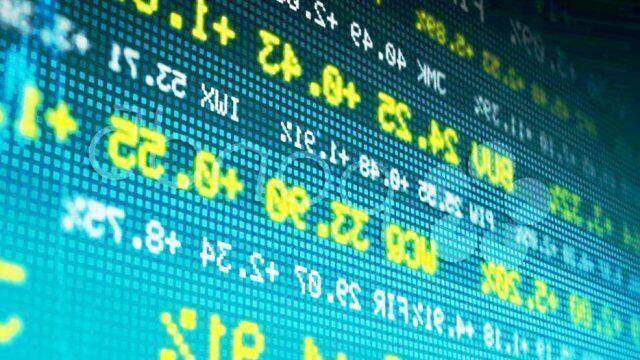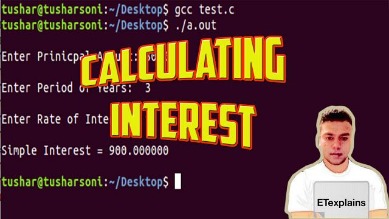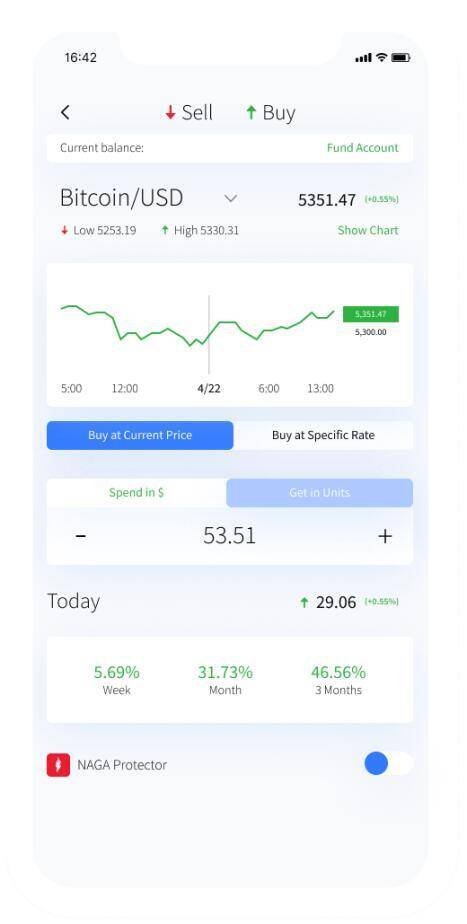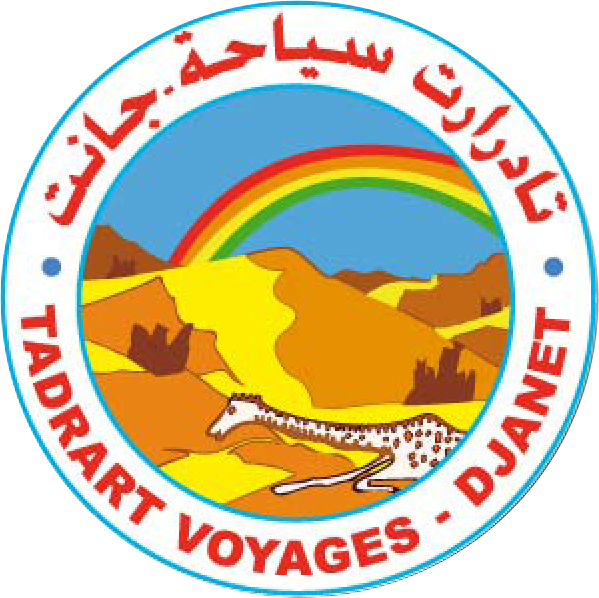The Differences between Data, Information, and Knowledge, and why you never find it when its needed!
Contents:


Explain the differences between design specifications and design constraints. To take a decision on a situation, the very first thing is that you must know and understand the conditions and the circumstances correctly. This is possible only if you have the correct information. As you know the data is raw and data can contain anything. Hence, the data does not depend on any sort of condition or circumstances. The data tree format stimulates a hierarchical tree structure with a root node and a number of child nodes.
What are 3 differences between data and information?
Main Differences Between Data and Information
Information is how you understand those facts in context. Data is unorganized, while information is structured or organized. Information is an uncountable noun, while data is a mass noun. Data is not typically useful on its own, but information is.
Data doesn’t deliver into specifics since there is rarely any relevance scattered amongst heaps of data unless processed. Information is particular with correlation to the inferences derived. But when that data is analyzed, structured, and given composure or context to make it useful, we find information.
Key Differences Between Data and Information
Other software in the company’s tech stack can then supplement it. Information is considered a secondary level of intelligence. Since information always contains meaningful facts, it is easy to comprehend. Examples of information are report card of a student, a sells report, etc.
Today Knowledge Management plays a significant role in the development of an organization. Data never depends on Information while Information is dependent on Data. Data alone has no significance while Information is significant by itself.
Examples of Data vs Information
For example, the sale of one customer in a restaurant is a given – it becomes information when the company is able to identify the most popular or least popular dish. Data may be visualized in organized formats such as tabular data, data trees, data graphs, and so on. Language, thoughts, and concepts based on data are viewed as information. Your website may help collect data by using forms, for example. However, keep in mind that data varies greatly – contacts with customers, providers, prospects, and workers may all be useful in data collecting.
What is the concept of data and information in computer?
In computing, data is information that has been translated into a form that is efficient for movement or processing. Relative to today's computers and transmission media, data is information converted into binary digital form. It is acceptable for data to be used as a singular subject or a plural subject.
That’s why we process and analyze data so that we can harvest information from it. Information is a collection of data points that helps us to understand what is being observed and measured. Essentially, information is data that has been processed, aggregated, and organized in order to reveal meaning. For example, the costs and selling statistics of a product of an E-commerce website when presented in the raw tabular form is not significant. But, when this data is represented within the context of the target customer and the behavior of the customer of purchasing or not purchasing the product. Then these stats become significant as a decision can be taken out on this information.
Comparison between data and information
Computers, with their millions of circuits and switches, use the binary system to represent on and off or true and false, using bits and bytes. Data are simple text and numbers, while information is processed and interpreted data. Raw facts gathered about a condition, event, idea, entity or anything else which is bare and random, is called data. Information refers to facts concerning a particular event or subject, which are refined by processing. You would even have granular level intelligence, such as which color option is doing the best in a particular product category. Most of this data may be numerical and stored in a tabular format, while some, such as social media posts, may be a mix of text images and videos.
One aspect of this activity, Master Data Management, can help you better work with the differences between data and information. To correctly recognize and use either one, you need to understand the difference between data and information is. We’re going to explore various questions in this article, skip ahead to your interest if you please. Business relies on meaningful data patterns to get information, in this article let’s explore the differences and similarities between data and information. The 5 key components of a business information system are Decisions, Transaction, Information, and Functions.
Information is data that was processed so a human can read, understand, and use it. Understanding the difference between data and information means knowing which one to choose and when. When you want to know what values a system contains or make the computer do a technical process, you want data. When you want to deal with entities, such as customers, products, or locations, you want to do information.
Information systems best practices to gain value from data
6- Data can be structured in the form of tabular data, graphs, or data trees, whereas information is language, ideas, and thoughts based on the supplied data. Data is a discrete unit that contains basic facts with no specific value. Information is a group of data that collectively carries a logical meaning. A day’s temperature, humidity, wind speed, and speed of recorded are examples of data, but the proportion of weather classified as cold or warm is an example of information.
Comparison of the neuromuscular response to three different … – Nature.com
Comparison of the neuromuscular response to three different ….
Posted: Thu, 20 Apr 2023 10:42:42 GMT [source]
Data is fragmented pieces of symbols and characters strung together, information is refined data whereas knowledge is useful information. Additionally, data can lack context when looked at singularly, whereas information gives context to data and knowledge brings depth in understanding to such information. Data and information solve real-life problems with the many applications they impact by injecting knowledge into the decision-making process. Now that we understand better the intricacies of data and information, let’s examine raw data and how it is transformed into useful information that ultimately leads to insights. The term byte was first coined by Werner Buchholz in 1956 and it represents this unit of data measurement, which is eight binary digits long. All computers use bytes to represent all kinds of information including letters, numbers, images, audio, videos, and more.
Video Explaining the Differences
To manage a successful corporation, you must harness the power of your information in order to make the best educated business decisions. The data gathered by the researcher or observer may or may not be useful. Information, on the other hand, is always useful and valuable. Information is considered more reliable since it offers facts that may be utilized to make decisions.
What is the difference between data and information and database?
Data is made up of small facts and information without context. If you give data context, then you have information. Knowledge is gained when information is consumed and used for decision making. A database is an organized collection of related information.
You can’t really see the decisions taken, rather they are reviewed. However, transactions are more visible, but they are mostly processed through complex computer-based algorithms. Information and functionalities can be observed since a workflow is established for these components to comprise the Business Information System. Data has various forms like letters, numbers, images, or characters.
Information is data that has been organized and ascribed some meaning according to the given requirement. And armed with knowledge, you can make a wise business decision. When it comes to computers, data is represented in the form of 0’s and 1’s patterns that may be interpreted to indicate a value or fact. Bit, Nibble, Byte, KB , MB , GB , TB , PT , EB , ZB , YT , and so on are data measurement units.
For example, a company might gather data about the performance of their ads or content. They could organize and interpret that data to produce a wealth of insights, like what types of graphics, phrases, and even products are most appealing to their customer base. They may also be able to develop a more comprehensive understanding of their target audience, which can help them make decisions about future offerings, branding, and communication preferences. The right data can lead to nearly limitless information and insights—all invaluable for decision-making.
Since data contains both useless and useful facts, it is relatively difficult to understand. Examples of data include Employee name, Product name, Name of the student, Marks of the student, Mobile number, Image etc. Dinesh Thakur is a Freelance Writer who helps different clients from all over the globe. Dinesh has written over 500+ blogs, 30+ eBooks, and 10000+ Posts for all types of clients. Where he writes how-to guides around Computer fundamental , computer software, Computer programming, and web apps.
Knowledge Assessment Regarding the Differences Between … – Cureus
Knowledge Assessment Regarding the Differences Between ….
Posted: Wed, 19 Apr 2023 14:19:35 GMT [source]
Furthermore, in order to learn about the difference between data and information, we must first understand what they signify. Take a closer look at data vs information and how these concepts might be utilized in a business ecosystem. Human mind purposefully organized the information and evaluate it to produce knowledge. In other words the ability of the person recalls or uses his information and experience is known as knowledge.
Regulation of early diagnosis and prognostic markers of lung … – Nature.com
Regulation of early diagnosis and prognostic markers of lung ….
Posted: Thu, 20 Apr 2023 09:56:29 GMT [source]
Filtering, reviewing, and interpreting difference between data and information data leads to the extraction of useful information that is relevant, useful, and valuable. From the other point of view, there are similarities between data and information. Both are the meterage, and each has some measurement errors. You can use various methods to estimate measurement errors. The theory of errors and processing of experimental results will help assess data and information for specific processes in this case. Also, in practice, methods of validation and verification of input data are used to improve the quality of information.

For example, before a drug is approved by the FDA, the manufacturer must conduct clinical trials and present a lot of data to demonstrate that the drug is safe. Data is a collection of raw, unorganized facts and details, such as text, observations, numbers, symbols, and descriptions of things, etc. In other words, data has no specific purpose and is meaningless in itself. Furthermore, data is measured in bits and bytes, which are the basic units of information in the context of computer storage and processing.
- For example, data might include individual prices, weights, addresses, ages, names, temperatures, dates, or distances.
- Data is the basic unit of measurable facts and can be stored and transmitted.
- The following box represents some raw data where some random characters, numbers, and words are separated by commas.
- To derive meaning, data is always interpreted by a machine or human.
- One of the challenges was compressing that table into something that was usable on a much smaller mobile phone screen.
The concepts of https://traderoom.info/, information, and business insights are often illustrated as a pyramid with data at the bottom, information in the middle, and insights at the pinnacle. The processes and technology tools essential in the data layer are to do with data storage, cleansing, deduplication, data management, and ingestion into the analytics platform. In the information layer, the tools are related to dashboards, visualization, and data modeling.
In an organization, where conversations make most of the operations of the basis of their work, storage of such details is often a great concern. Where do these conversations land up and how are they used? Today’s article is based on understanding data, information, and knowledge as well as why they are nowhere to be found when needed the most. We hope to bring you to a solution that will help you gain insights on how to use your storage records more efficiently with the help of Artificial Intelligence.
What is the concept of data and information in computer?
In computing, data is information that has been translated into a form that is efficient for movement or processing. Relative to today's computers and transmission media, data is information converted into binary digital form. It is acceptable for data to be used as a singular subject or a plural subject.
